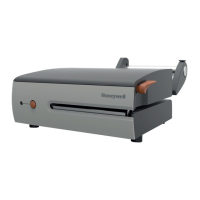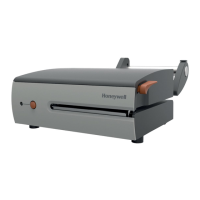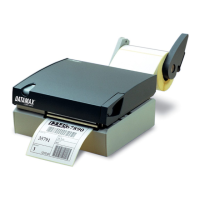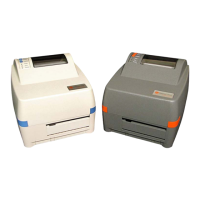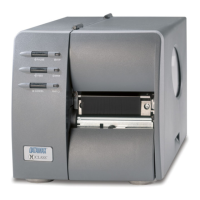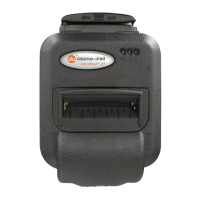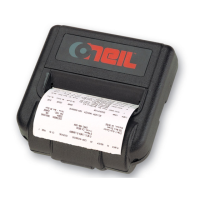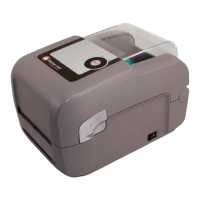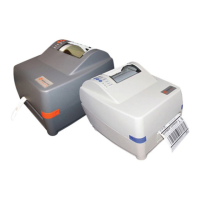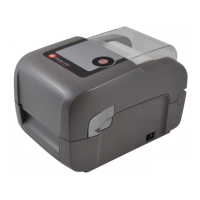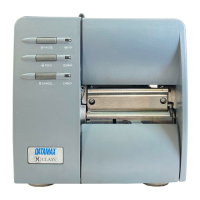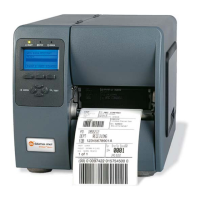Network & Communication
Terminal Server Mode (NetBox)
The printer has a built-in terminal server function. This means that
the serial ports can be used as terminal server ports.
When a serial port is set up for terminal server mode, a TCP port
is connected to it. All data received on that TCP port is sent to the
serial port and vice versa. The serial port can be set up as either
server (passive) or client (active).
If the serial port is set up as a server, the printer will listen to the
specified TCP port (default for COM1 is 2001 and for COM2
2002).
If the serial port is set up as a client, the terminal connected to the
serial port will get a prompt asking for the remote host. The host
can be either an IP address or a host name. When the user has
entered the host data, the printer will try to connect to the Telnet
port (TCP port 23) on the host.
Example
COM1 is set up in terminal server mode. It uses the TCP port
2001 in order to communicate with the host. The data received on
port 2001 is sent to COM1 and vice versa.
Stacked Printers Mode
One host may be connected to several printers through one port.
Data received on COM1 on the first printer can be re-directed to
COM2, which is connected to COM1 on the next printer etc. Both
COM1 and COM2 must be set up in print mode. The command
"!Y92 <n>" is used to re-direct data.
!Y92 1 connects to the first printer,
!Y92 2 to the second printer,
!Y92 3 to the third printer etc.
Example
One host is connected to three printers through COM1 on one of
the printers. Three layouts are sent, one to each printer and all
printers are checked for paper. In addition there will be a status
request.
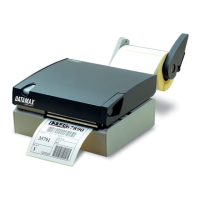
